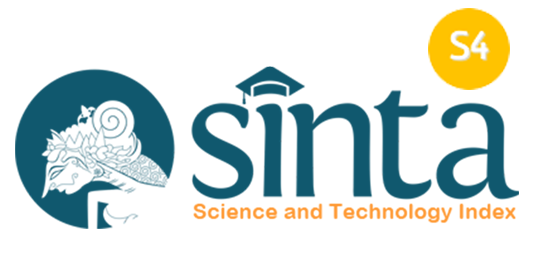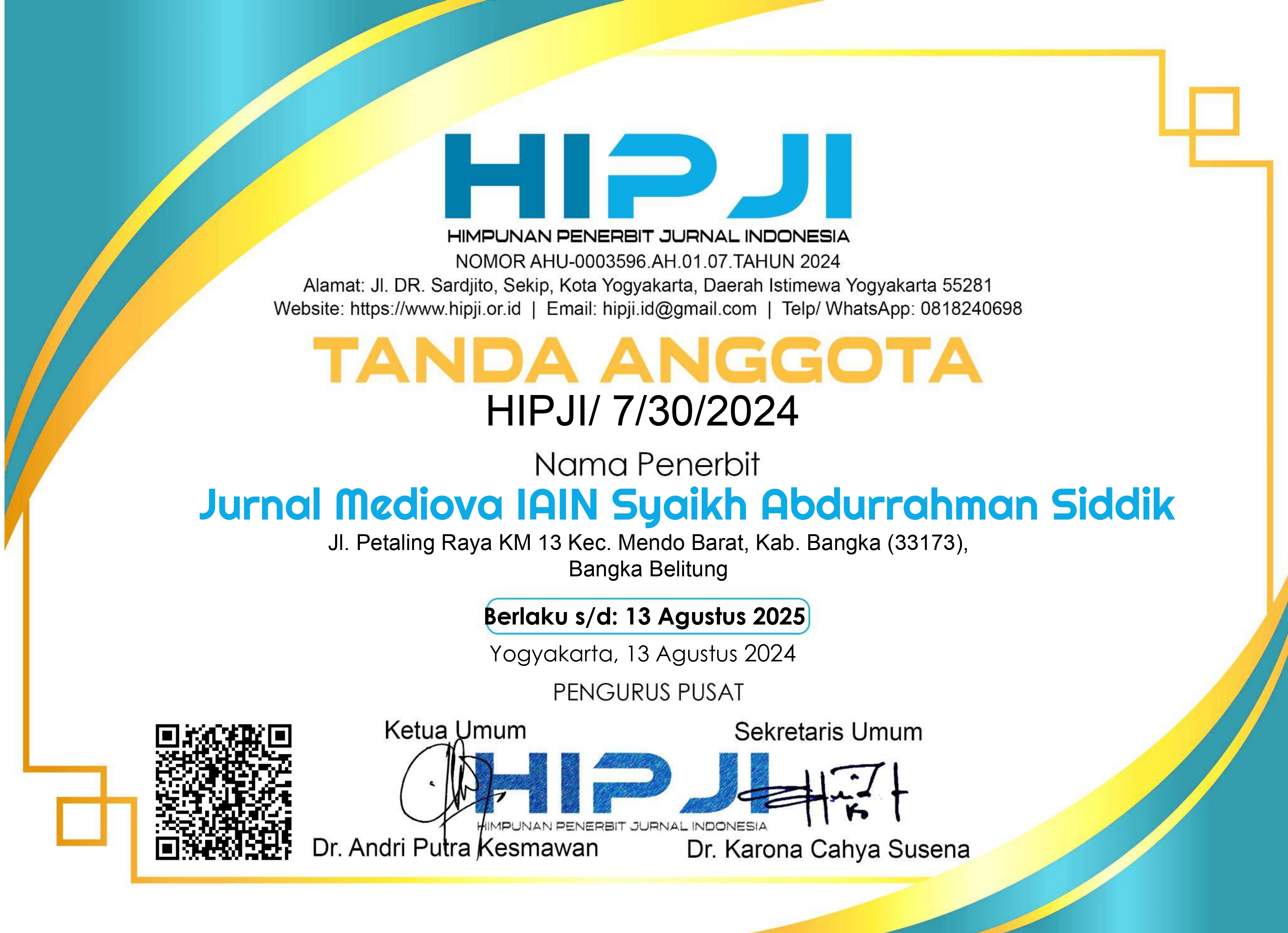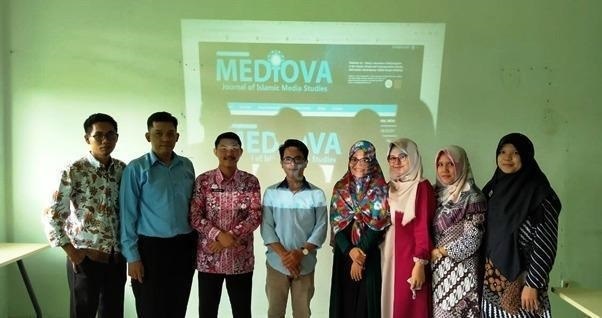AIDDA'S PERSUASIVE COMMUNICATION IN PREVENTING INTER-SCHOOL STUDENT FIGHTS: A STUDY AT STATE VOCATIONAL HIGH SCHOOL 2 PANGKALPINANG
Abstrak
Changing a person’s thoughts, attitudes, and behaviors is one of the primary goals of communication. The concept involves intellectual aspects, including beliefs, thoughts, and ideas; while attitudes and behaviors are associated with physical factors, including emotions. Persuasive communication is defined as the ability to touch the heart, evoke shared emotions, and foster liking and acceptance of the conveyed ideas. It is essential to communicate objectives clearly in persuasive communication. Communicators face diverse goals and must pay attention to demographic, occupational, ethnic, social, and other contextual factors. This study employed a qualitative research method, with data collected through interviews, observation, and documentation. The data were analyzed using qualitative data analysis techniques. The research findings show that: 1) Persuasive communication is implemented following the AIDDA (Attention, Interest, Desire, Decision, Action) approach. The school has become one of the key instruments in preventing acts of student delinquency. Attention is achieved by providing emotional engagement; Interest is developed through personal approaches that encourage students to participate in positive activities; Desire is fostered by providing positive motivation; Decision involves appointing teachers and students who demonstrate positive behavior as role models, sharing exemplary stories of national heroes and leaders, and organizing mentoring programs by religious scholars and local police to instill positive values that influence students’ decision-making; and Action includes conducting home visits, providing special guidance, and implementing disciplinary measures; 2) The impact includes the school’s use of social and print media as anti-bullying tools by disseminating information about the negative effects of bullying and forming Roots as agents of change within the school. This initiative has fostered a more harmonious school environment, supported by continuous evaluations conducted weekly, monthly, and every semester. As a result, students have become better at managing their emotions, and there have been notable improvements in their attitudes and behaviors, along with a decreasing trend in bullying incidents.
##plugins.generic.usageStats.downloads##
##submission.copyrightStatement##
##submission.license.cc.by4.footer##Copyright Assignment
As an author of Journal Mediova of the Islamic Journalism study program of the Islamic Da'wah and Communication Faculty, IAIN Syaikh Abdurrahman Siddik Bangka Belitung, I, who sign below:
Declare:
- My paper is authentic; my own writing and it has not been published/proposed on any other journals and publication.
- My paper is not plagiarism but my original idea/research.
- My paper is not written by other help, except with Board of Editors and Reviewers recommendation who have been chosen by this journal.
- In my paper, there are no other writings or opinions except referred in bibliography and relevant with the rule of writing in this journal.
- I will do this assignment for sure. If there are irregularities and untruths in this assignment, I will be responsible later according to the applicable law.
- Authors retain copyright and grant the journal right of first publication with the work simultaneously licensed under a Creative Commons Attribution 4.0 International License that allows others to share the work with an acknowledgment of the work's authorship and initial publication in this journal.
- Authors are able to enter into separate, additional contractual arrangements for the non-exclusive distribution of the journal's published version of the work (e.g., post it to an institutional repository or publish it in a book), with an acknowledgment of its initial publication in this journal.
- Authors are permitted and encouraged to post their work online (e.g., in institutional repositories or on their website) prior to and during the submission process, as it can lead to productive exchanges, as well as earlier and greater citation of published work (See The Effect of Open Access).








.png)









